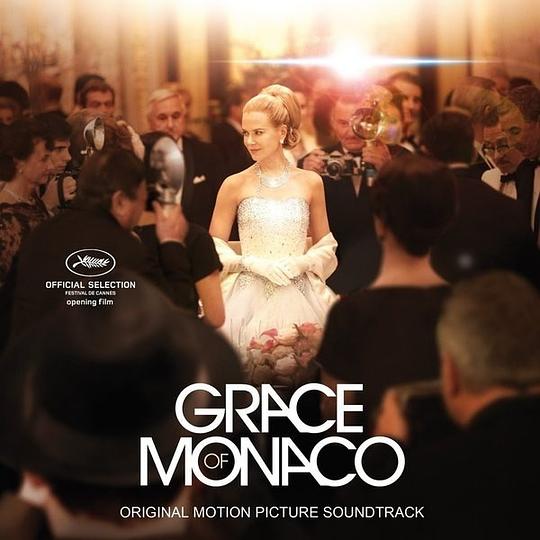Title: The Timeless Beauty of Mulberry Silk Scarves: An Exploration of Chinese Culture and Craftmanship
Mulberry silk scarves, with their timeless beauty and exquisite craftsmanship, have been a cherished part of Chinese culture for centuries. The process of extracting and weaving mulberry silk is a labor-intensive one that requires skill and patience. Mulberry trees, native to China, are the primary source of silkworms, which are then raised and bred for their silk production. The cocoons are boiled until they break open, revealing the silk fibers that are carefully harvested and processed into high-quality scarves. Each scarf is woven by hand using traditional techniques, ensuring that the finished product is not only beautiful but also durable. Mulberry silk scarves are not only stylish accessories but also symbols of Chinese heritage and tradition. They are often given as gifts to show appreciation or respect, and their intricate designs and vibrant colors reflect the rich cultural history of China. In recent years, there has been a resurgence in interest in mulberry silk scarves, as more and more people recognize their value and beauty. As a symbol of Chinese culture and craftsmanship, mulberry silk scarves continue to captivate audiences around the world with their timeless elegance and exquisite detail.
Mulberry silk has been treasured by Chinese people for thousands of years, and its beauty and softness have made it a popular fabric for clothing and accessories. Among these, the mulberry silk scarf stands out as a unique and versatile piece of wearable art that embodies the essence of Chinese culture. In this article, we will explore the history, production process, and cultural significance of mulberry silk scarves, as well as their place in contemporary fashion trends.

First and foremost, let us delve into the origins of mulberry silk in China. According to historical records, the cultivation of mulberry trees began in China over 5,000 years ago, and the use of silk from these trees dates back to at least the third century B.C. During the Han Dynasty (206 BCE-220 CE), the trade of mulberry silk with other countries such as Rome and Persia flourished, establishing a reputation for Chinese silk as one of the finest in the world. This tradition continued throughout the Tang Dynasty (618-907 CE) and subsequent dynasties, with silk production becoming an integral part of Chinese economy and culture.
The production process of mulberry silk involves several stages: selecting mulberry bark, harvesting the cocoons, reeling the silk fibers, cleaning and drying them, and finally weaving or knitting them into fabric. Each stage requires skill and attention to detail, making the process both time-consuming and labor-intensive. However, the end result is a product that is not only luxurious and durable but also eco-friendly, as mulberry trees require minimal irrigation and pesticides compared to other crops.
Once produced, mulberry silk can be used to create a wide range of items, including scarves, shawls, tablecloths, and even bedding. Among all these designs, the scarf stands out as a timeless classic that can be dressed up or down depending on the occasion. Its versatility and elegance have made it a favorite accessory among celebrities and fashion icons alike. For instance, during the Beijing Olympics in 2008, Chinese actress Fan Bingbing sported a beautiful red mulberry silk scarf that instantly became a sensation on the international scene.

In addition to its aesthetic appeal, mulberry silk scarves also hold significant cultural meaning in Chinese society. In ancient times, they were often given as gifts to show respect and gratitude to superiors or loved ones. Today, they are still widely used for special occasions such as weddings, birthdays, and festivals. By wearing a mulberry silk scarf, one not only shows off their personal style but also displays their appreciation for the rich heritage and craftsmanship of Chinese culture.
As for contemporary fashion trends, mulberry silk scarves remain a popular choice among fashion enthusiasts who value quality and sophistication. Whether paired with a simple white shirt and jeans or a bold statement dress, a mulberry silk scarf adds a touch of elegance and refinement that cannot be replicated by other materials. Moreover, as more and more consumers become aware of the environmental impact of fast fashion and animal rights issues, the appeal of natural fabrics such as mulberry silk becomes even stronger. By choosing to wear a sustainable and ethically sourced accessory like a mulberry silk scarf, one can make a positive statement about their values and contribute to a better future for all.
In conclusion, the humble mulberry silk scarf holds immense value not just as a piece of wearable art but also as a symbol of Chinese culture and craftsmanship. Through its history, production process, cultural significance, and contemporary trends, it demonstrates how even the simplest objects can carry profound meanings and endure through time. So next time you reach for your scarf or wrap yourself in one, remember the beauty and wisdom that lie within its delicate strands.

Articles related to the knowledge points of this article:
Canadian Down Jacket Brands Directory
Title: Mastering the Art of Tie Knots: A Comprehensive Guide to Tying a Tie Perfectly
The rise of the down jacket: a tale of fashion and function
Title: Matching a Gray Tie with a Shirt: A Guide to Perfect Plait
Title: Mastering the Windsor Knot: A Comprehensive Guide to Tie a Half-Windsor Knot



